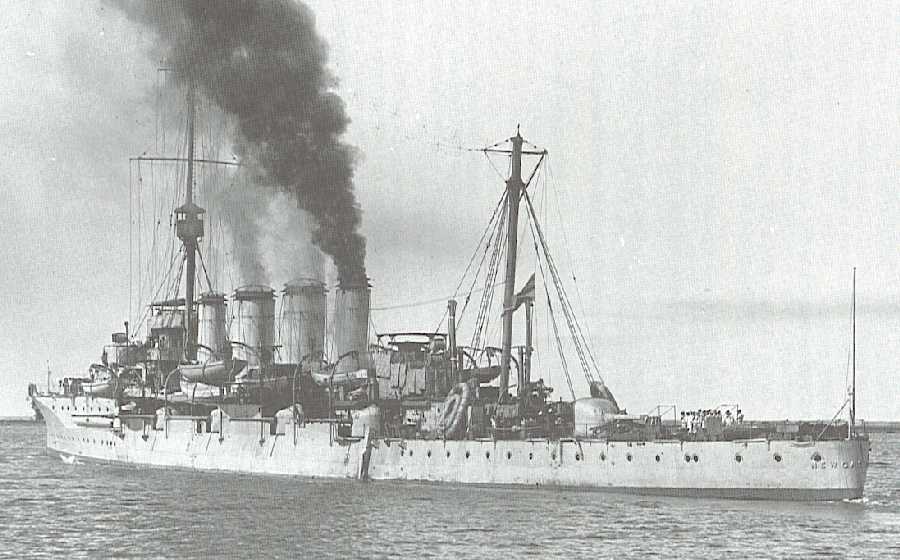|
During World War II, these guns were used on auxiliary warships, armed liners, DEMS and Ocean Boarding Vessels. They were also extensively used in Australian coast defenses constructed prior to World War II. Constructed of a tapered inner A tube, A tube, wire, full length jacket, breech ring and breech bush screwing into the A tube. Mark XI* differed in having a thicker inner A tube and the use of cannelured rings at the two forward shoulders. A total of 177 were built, which were 34 Mark XI, 18 Mark XI*, 124 Mark XI* with a slightly different breech ring for PVI mountings and one "H" Mark XI* which was a Coventry ordnance gun with Holmstrom breech mechanism. This last gun was linered down to 3 inches (7.62 cm) and used for experimental purposes. Of the remainder, 126 remained in service as of 1939. Twenty-six Mark XI guns were used in Australian coastal batteries prior to World War II and many others were used in emergency coastal defense batteries during the war. At least one Australian and two South African guns still survive, as can be seen on the additional pictures page. |

HMS Newcastle in 1918 showing stern and
broadside 6" (15.2 cm) guns
|
| .
|